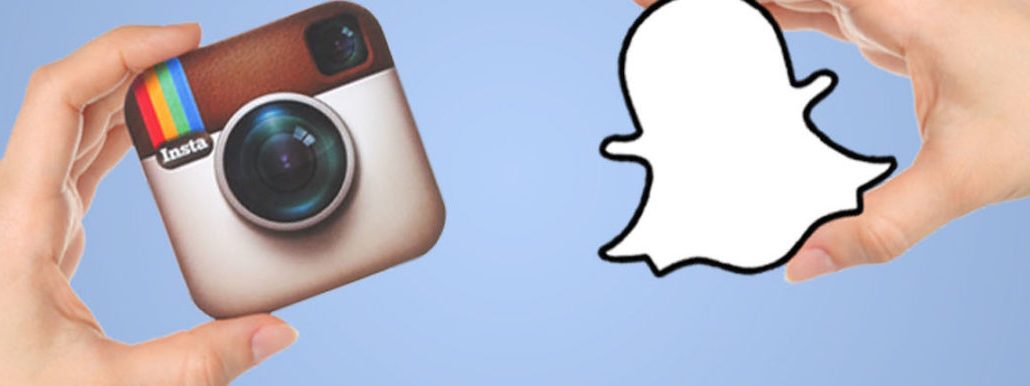

Brands are increasingly turning to power users on Snapchat and Instagram for influencer marketing campaigns, but that’s often a time-intensive process. Like much else in advertising, it’s an area ripe for automation.
That is the idea behind Gnack, a Texas-based startup that unveiled its plan to integrate the three at South by Southwest this week. Gnack wants to help brands and agencies programmatically purchase user-generated content from Snapchat and Instagram influencers and so-called “micro influencers,” or people with 10,000 followers on a given platform.
To use Gnack for programmatic buying, brands need to enter a few parameters including campaign objectives, negotiated price and target demographics, as well as preferred hashtags and the number of influencers. Snapchat and Instagram stars, on the other hand, need to log in with their Facebook account (or create one from scratch with their email address). Then the system will automatically analyze their social profile and further pair them with brands.
“We used to be a social marketing agency manually matching brands and influencers, which took an average of 200 hours just to start one campaign,” said Chico Tirado, co-founder and chief revenue officer for Gnack. “So we wanted to create a programmatic platform for brands and agencies to scale their social campaigns.”
Tirado suggested that brands should consider micro influencers who don’t necessarily have the biggest following but see high engagement on Snapchat and Instagram. “They still have at least 10,000 followers,” he said. “By collaborating with ‘micro influencers,’ brands usually see three to five times higher engagement per Instagram post.”
Gnack works like Niche, a matchmaker between brands and Vine stars acquired by Twitter last year. The platform also looks like Facebook Exchange in some ways because it streamlines the media buying process for brands and agencies. But different from those ad networks backed by social media platforms, Gnack doesn’t have access to Snapchat or Instagram API and thus cannot programmatically purchase branded ad space such as Carousel Ads on behalf of brands.
Ad position: web_incontent_pos1
“We are more of an activation platform,” said Tirado. “We want to focus on user-generated content because more than 30 percent of millennials are consuming social content created by their peers.”
Programmatic is moving slowly in the social media space because networks like Facebook, Snapchat and Instagram are very protective of their data.
“Most social data is still locked up. Facebook, for example, doesn’t allow marketers to buy its data, although companies can access very limited data for programmatic buying in collaboration with various demand-side platforms in Facebook Exchange,” said Joe Weaver, president of Promatica Consulting.
Although platforms like Gnack don’t have full access to the rich data sitting inside Snapchat and Instagram, they could still be able to speed up the campaign setup. Tirado told Digiday that while still in beta, Gnack is already working with Nestlé to drive sales with more than 100 Snapchat and Instagram influencers.
The company will officially debut its programmatic dashboard for advertisers around April 1 of this year.
More in Marketing

In the marketing world, anime is following in the footsteps of gaming
As marketers look to take advantage of anime’s entry into the zeitgeist, they might be wise to observe the parallels between the evolution of anime as a marketing channel and the ways brands have learned to better leverage gaming in recent years.

With the introduction of video ads and e-commerce, Roblox looks to attain platform status
Roblox is expanding into more areas than just ads in 2024. Much like platforms such as Amazon and Facebook have transcended their origins to evolve from their origins as online marketplaces and social media channels, Roblox is in the midst of a transformation into a platform for all elements of users’ virtual lives.

PepsiCo wants to remain a ‘driver of culture’ as it turns to influencers and activations amid rebrand
The soda-maker says it can translate cultural relevance into sales volume.
Ad position: web_bfu


